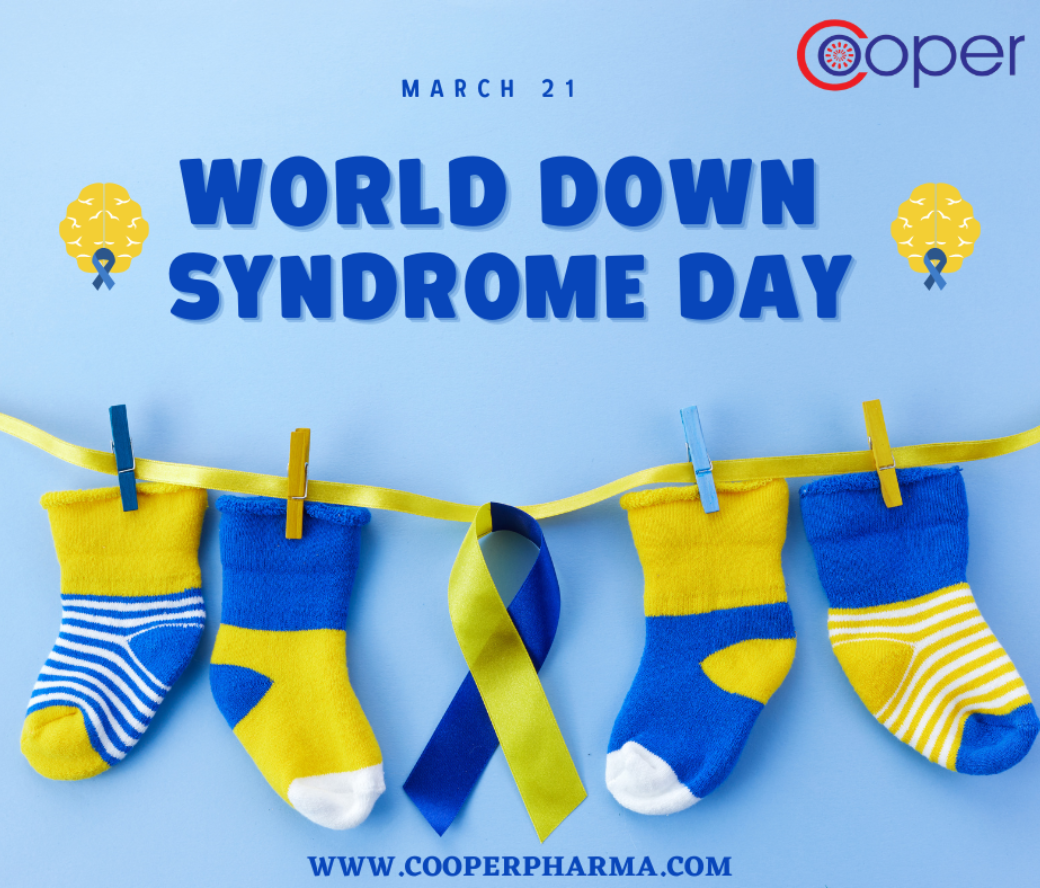Challenges Facing India’s Pharmaceutical Industry
Recent Blog
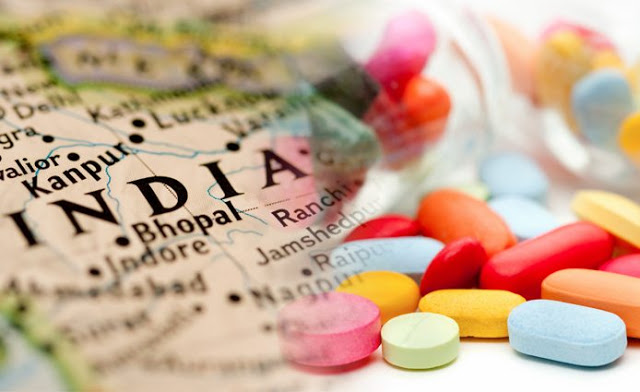
Challenges Facing India’s Pharmaceutical Industry
Date:- 2018-04-27 00:00:00
As indicated by the Federation of Indian Chambers of Commerce and Industry (FICCI), all inclusive, India positions third for pharma producing volume and fourteenth as far as esteem.
In itself India speaks to a noteworthy market for pharma organizations with a populace of more than 1.2 billion yet the nation posts a great fare turnover of over US$10 billion, spread crosswise over 200 nations. Residential and universal pharma organizations, in any case, confront various significant issues, including drug quality, clinical trial quality and patent security.
Medication Quality
The World Health Organization (WHO) appraises that up to 30 for each penny of marked medications sold in creating countries are fake which can have significant ramifications for patients. For instance, tuberculosis and Malaria fakes, which to a great extent start in India and China, are evaluated to execute somewhere in the range of 700,000 individuals every year! Forgers, like honest to goodness sedate produces, are quick to profit by assembling costs in India that are around 40 for every penny less expensive than different markets. Subsequently, India's fake market has allegedly developed at a rate of around 25 for each penny for every annum, and speaks to a critical extent of the worldwide fake medication advertise (thought to be worth between $75 billion and $200 billion a year).
In light of the critical concerns raised by shippers of Indian pharma items, the Indian Government, WHO, and the association for safe solution (PSM) are setting up activities to battle fake medication producing, including:
- upgrading the limit of the state governments by preparing the state sedate testing labs with present day innovation and most recent quick testing hardware
- enforcing serialization, non-clonable bundling and 2D barcoding
- investing in more 'new medication producer assessors'.
The expectation being to recognize quality and safe pharmaceuticals from deceptive and dangerous solutions in the inventory network, and guarantee incite activity against producers and merchants discovered exchanging phony and hazardous prescriptions.
Notwithstanding the test of fake producers, honest to goodness makers making up India's blasting pharmaceutical fare industry are additionally pulling in the consideration of remote controllers, for example, the FDA. It's anything but difficult to perceive any reason why as India is the greatest outside provider of pharmaceuticals to the US and has around 200 FDA-affirmed tranquilize fabricating offices. In reality, India delivers about 40 for each penny of non specific medications and over-the-counter items and records for 10 for every penny of completed measurements in the US. The FDA has featured a developing number of value issues and a year ago added seven new auditors to its India office, conveying the aggregate number of staff to 19. Expanded FDA oversight has prompted nearly 19 medicate producing industrial facilities crosswise over India being banned from providing pharmaceuticals to the US. With limitations, including import cautions forced on the offices of various life science multinationals.
Clinical trial quality
From multiple points of view India is the perfect area to lead clinical trials given its differing pool of patients with assorted treatment needs and access to a huge, experimentally gifted, workforce. This has caused immense development in the quantity of clinical trials in any case, ability to manage trials has not kept pace prompting various dishonest practices, for example, an absence of patient pay for unfriendly occasions; endorsement of medications without clinical trials and passes in educated assent systems. Again increments in administrative control by the Indian government, as compulsory trial enrollment and the making of various boards of trustees entrusted with supervising trial endorsement, trial execution, and moral treatment of patients, is beginning to have a more positive effect. The awful news is that deferrals in new medication endorsements because of the new administrative control administration is constraining some multinational organizations to reexamine their clinical trial action in this market.
Patent issues
In India, 70 for each penny of use on social insurance is out-of-stash, which has driven the administration and its legal to find a way to advance the utilization of bland items and anticipate costs of lifesaving drugs being set by showcase powers. This has caused various issues for multinational organizations, driving some to scrutinize the business practicality of India:
- in April 2013, Novartis lost a six-year fight in court after the Supreme Court decided that little changes to its leukemia sedate Glivec would not get another patent
- recently India maintained a mandatory permit of Bayer's tumor sedate Nexavar, adequately permitting generics firms to duplicate the protected medication
- the patent for Pfizer's disease medicate Sutent was repudiated
- Roche's patent on Pegasys, a hepatitis C sedate, was denied.
These difficulties, among others, have made pharmaceutical industry development moderate in the course of the most recent year (from 16.6 for each penny to 9.8 for each penny), a pattern that both residential and multinational organizations are hoping to turn around. For this to be accomplished organizations should work intimately with the Indian government, controllers and other key partners to build up consistent business rehearses that are industrially feasible. A portion of the arrangements include:
- bolstering inner consistence to stay aware of advancing worldwide and residential directions concerning quality. This can possibly drive noteworthy upper hand
- striking a viable harmony between supporting clinical trials with experimentally and morally remedy rehearses and keeping up the low R&D costs that filled starting development in India's pharmaceutical market
- striking a harmony between guaranteeing moderateness of, and access to life sparing medications with securing the eventual fate of inventive new solutions universally. Current patent laws have great aims in any case, multinational organizations, seeking developing markets for development as the value crush proceeds in customary markets, have been left in a troublesome position. Could the created world keep on footing the bill for advancement? Progressively it appears R&D motors require all the assistance they can get!
On the off chance that India can receive these arrangements it can possibly develop to a level that is practically identical (in esteem terms) to most created showcases by 2020 – something that pharma organizations of today definitely can't disregard?


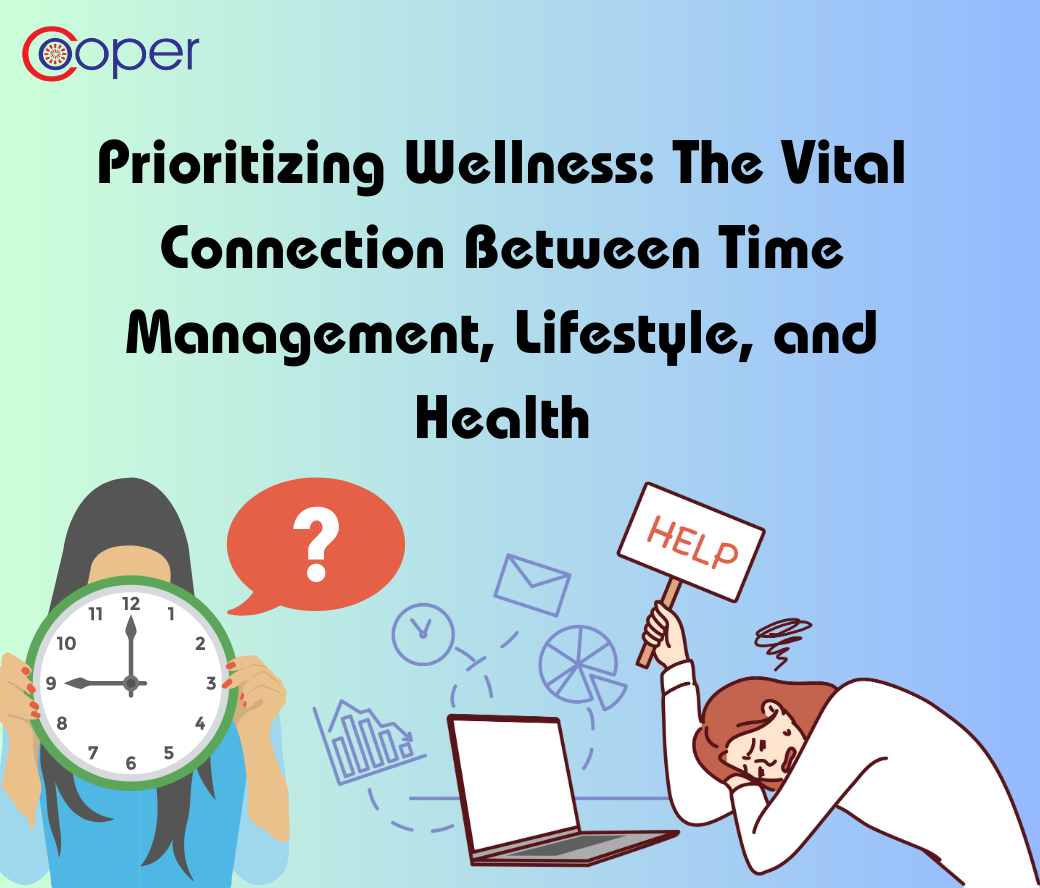

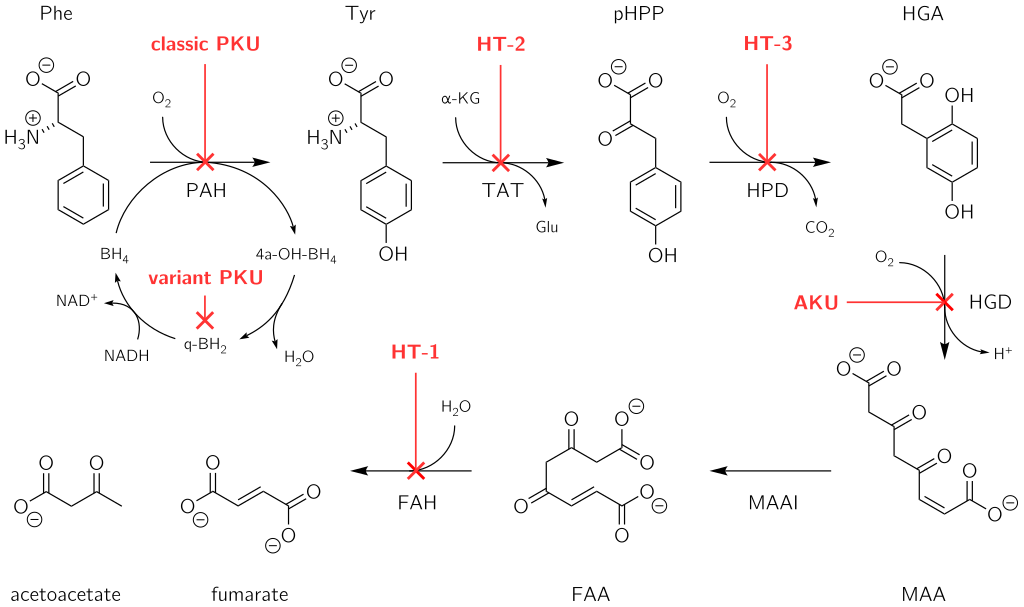




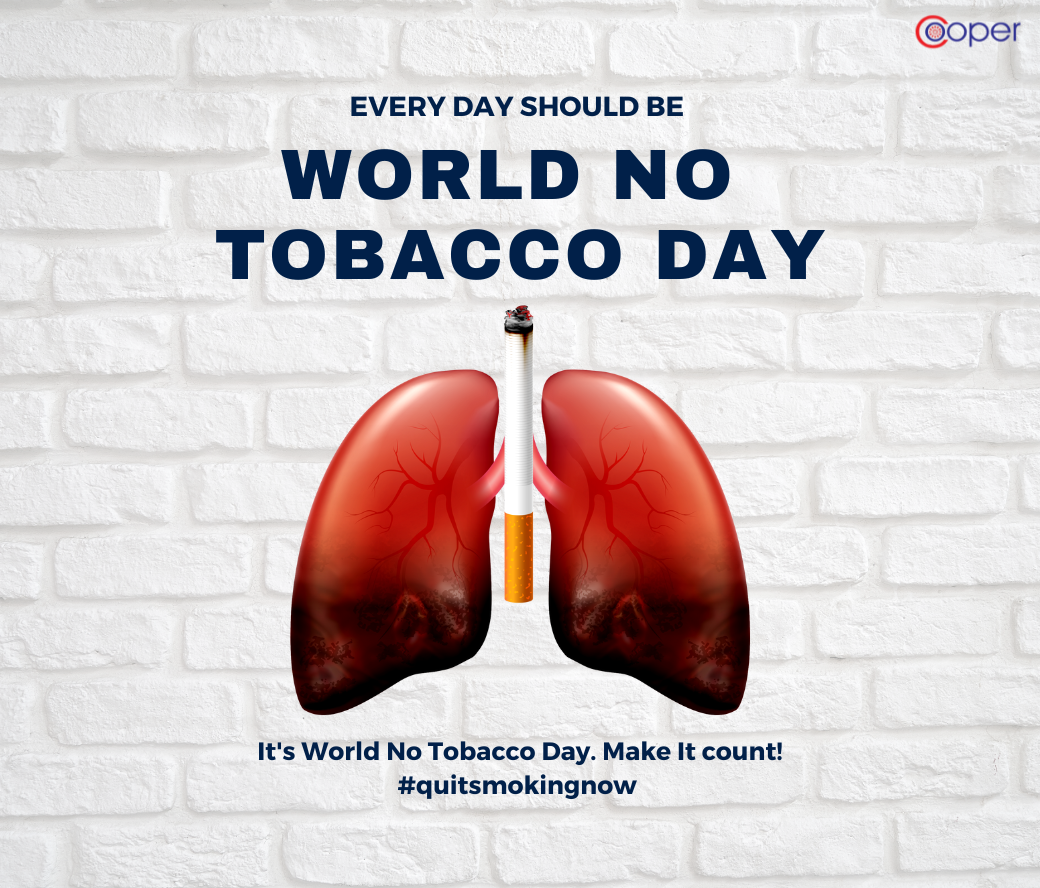
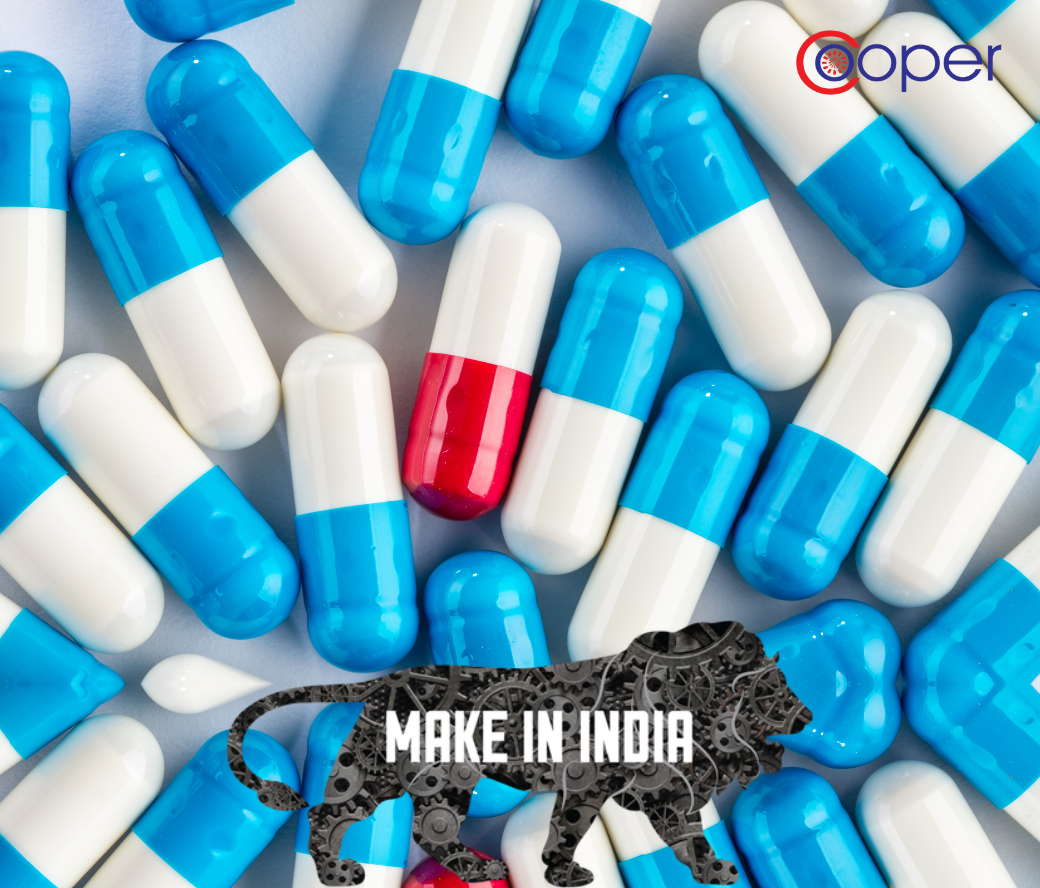
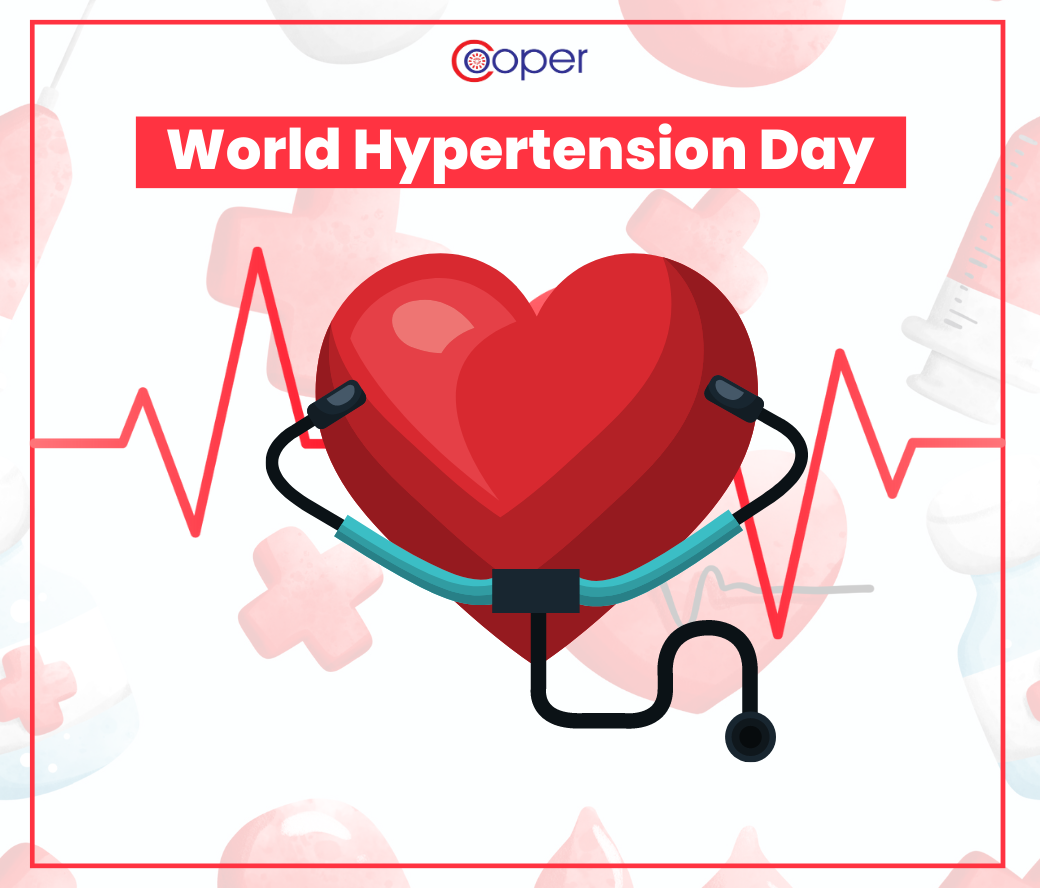


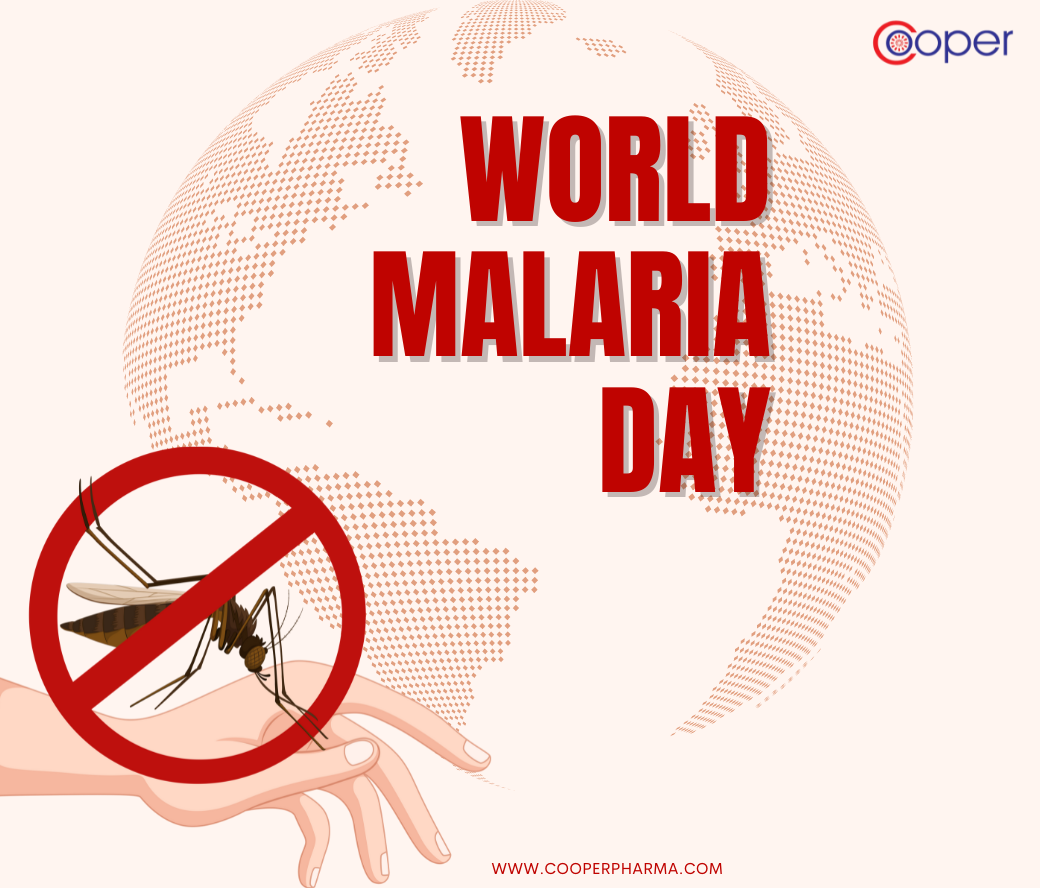




.png)


